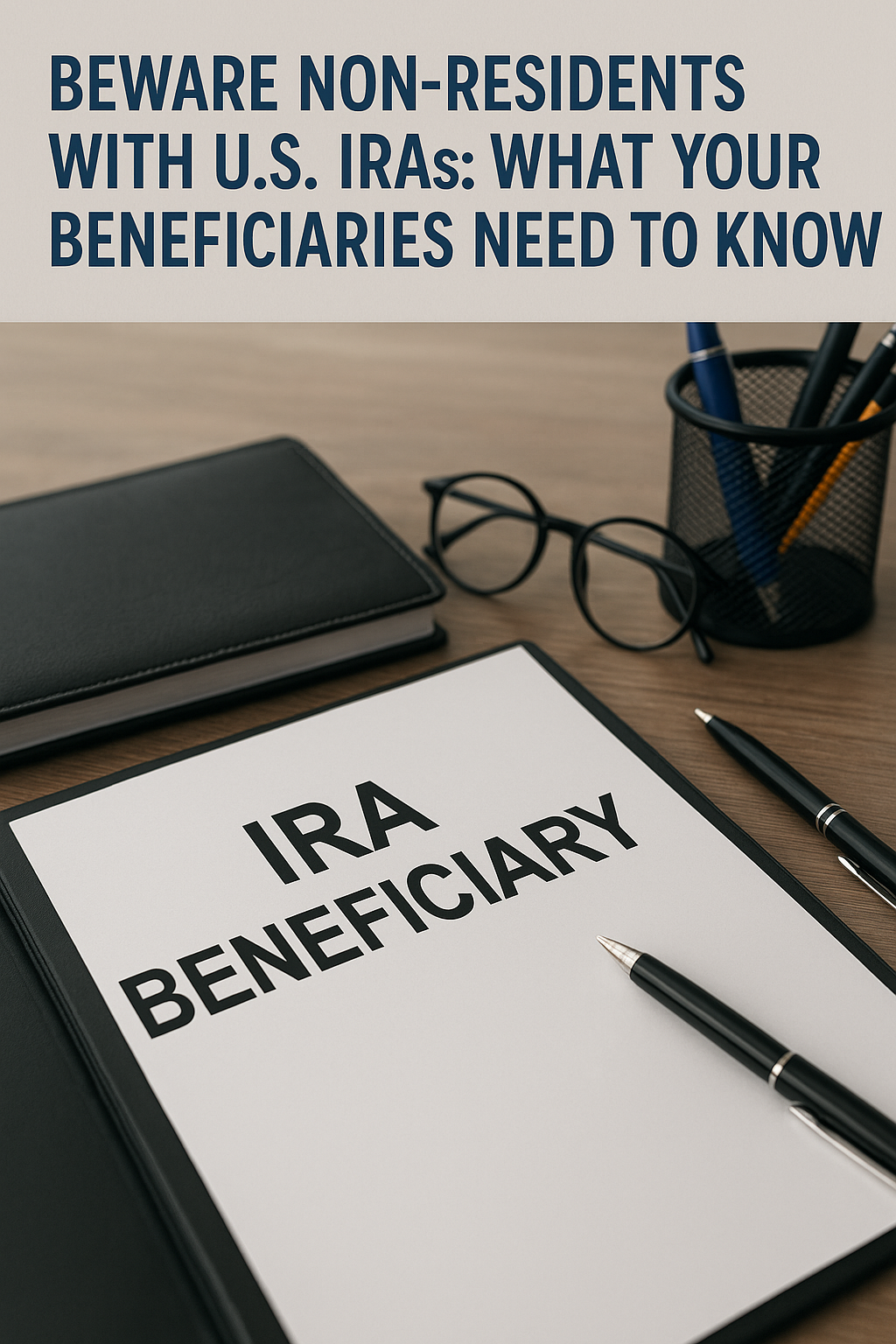At the heart of my investment strategy lies a clear and structured approach to wealth management. I focus on understanding each client’s unique goals, risk tolerance, and the complex landscape of cross-border financial planning.
This allows me to craft a tailored investment plan that not only aims for growth but also protects assets in various economic climates.
 alt="Investment Philosophy" />
alt="Investment Philosophy" />I employ Modern Portfolio Theory principles in developing well-diversified portfolios, balancing risk and reward efficiently over long-term horizons — an approach rooted in concepts like the Efficient Frontier explained by CFA Institute. My strategy includes broad diversification through core allocations in U.S., Canadian, and international stocks, paired with high-quality bonds. This creates a solid investment foundation.
Core Allocations
My focus is on creating a balanced portfolio using broadly diversified investments. These allocations include U.S. stocks, Canadian and international stocks, and high-quality bonds. This wide-ranging investment mix provides a stable bedrock for growth.
- U.S., Canadian, and International Stocks: Providing exposure to developed and emerging markets.
- High-Quality Bonds: Offering stability and income.
Satellite Positions
I enhance diversification by adding satellite positions. These positions aim to provide additional returns or manage risks more effectively:
- Emerging Markets: Capture higher growth potential in developing economies.
- Factor-Based Investing: Utilize strategies like Value or Momentum to seek additional gains.
- Alternative Assets: Include real estate investment trusts (REITs), precious metals, and commodities for further diversification.
Investment Implementation
Putting the investment plan into action involves carefully selecting and managing assets, balancing the use of active and passive investment strategies. Prioritizing low-cost index funds and ETFs for core allocations ensures broad market exposure efficiently. For unique opportunities or less liquid markets, I consider active management for potential added value.
- Active vs. Passive: I favor passive strategies for cost-effectiveness and market exposure, while leveraging active strategies when they offer distinct advantages.
Investment Selection Criteria
The selection of funds and ETFs relies on detailed analysis, focusing on various key metrics:
- Expense Ratios: Keeping costs low to maximize returns.
- Liquidity and Trading: Ensuring ease of transactions.
- Tax Efficiency: Critical for cross-border investors, helping to manage tax impacts through strategic asset placement and PFIC-compliant reporting.
Tax Optimization
My strategy includes tax-efficient investing to minimize the tax burden on my clients. This involves using municipal bonds for high-income investors or optimizing asset locations to benefit both U.S. and Canadian residents.
Portfolio Monitoring and Rebalancing
Regular review and adjustment of portfolios are crucial. I continually assess market conditions and investment performance, making necessary changes to stay aligned with each client’s objectives. This proactive approach ensures portfolios are always in tune with changing markets and client needs.
Risk Management
Understanding and managing risk is central to my investment philosophy. I consider both risk tolerance (comfort with volatility) and risk capacity (financial ability to take on risk):
- Risk Tolerance: Tailoring portfolios to align with my clients’ emotional and psychological comfort levels.
- Risk Capacity: Evaluating practical constraints like liquidity needs and investment time frames.
My approach is built on four essential pillars:
- Understanding Risk: Evaluating individual comfort with investment risk.
- Custom Asset Allocation: Creating a diversified investment mix tailored to client needs.
- Currency and Jurisdiction Implementation: Managing investments across multiple currencies and legal settings.
- Timely Rebalancing: Adjusting portfolios to maintain target allocations and seize timely opportunities.
I aim to deliver robust, long-term investment performance by emphasizing these core principles. Over 90% of portfolio returns can be attributed to the thoughtful allocation of assets, highlighting the importance of strategic design and management.
Capitalizing on global opportunities, I integrate cross-border expertise to manage wealth with an eye on local and international market dynamics. This comprehensive approach allows me to navigate complexities effectively and provide clarity and confidence in my clients’ financial futures.
Ultimately, I recognize that true wealth management is more than numbers. It’s about helping my clients reach their life goals, offering reassurance in turbulent times, and adapting to life’s changes with a steady hand. Through a disciplined approach, I ensure that portfolios are resilient against market fluctuations and constantly aligned with personal aspirations.
Frequently Asked Questions
How can one develop a personal investment philosophy?
Developing a personal investment philosophy involves understanding your financial goals, risk tolerance, and time horizon. It’s essential to research different investment strategies and philosophies to find what resonates with you. Consider consulting with financial advisors, who can provide valuable insights into different approaches. Reading books and materials from successful investors can also help in shaping your perspective.
What are the essential components of a robust investment philosophy?
A robust investment philosophy typically includes a clear understanding of objectives, risk assessment, asset allocation, and a plan for diversification. Consistency and discipline are important, along with a commitment to ongoing learning and adaptation to new information. Your philosophy should guide your decision-making process, ensuring it remains aligned with your financial goals and risk tolerance.
How does an investor align their investment philosophy with their financial goals?
Aligning your investment philosophy with financial goals requires setting clear, realistic objectives and regularly assessing your progress. It’s vital to ensure your strategy supports your goals, whether they are long-term growth, steady income, or capital preservation. Regularly reviewing and adjusting your investments in response to changes in your financial situation or the market is crucial.
What are the differences between active and passive investment philosophies?
Active investing involves frequent buying and selling of assets to outperform the market average. It requires a deep involvement in market analysis and trends. In contrast, passive investing focuses on long-term growth by mimicking market indexes without frequent trading. A comparison of these philosophies shows that active strategies can offer higher potential returns but come with greater risk and costs, while passive strategies are typically more cost-effective and lower risk.
How has Warren Buffett’s investment philosophy influenced modern investing strategies?
Warren Buffett’s investment philosophy, which emphasizes value investing—buying stocks at a price below their intrinsic value—has greatly influenced modern investing. His disciplined approach focuses on long-term growth, thorough research, and investing in businesses one understands deeply. This strategy encourages patience and a deep understanding of market fundamentals, shaping the views of investors worldwide.
Can an investment philosophy evolve over time, and how should it adapt to changing market conditions?
An investment philosophy can and should evolve over time as financial goals shift and market conditions change. Regularly assess your strategy to ensure it remains relevant and effective. Adaptations may include rebalancing portfolios, exploring new asset classes, or refining risk management techniques. Staying informed about market trends and economic indicators is crucial for making timely adjustments.




